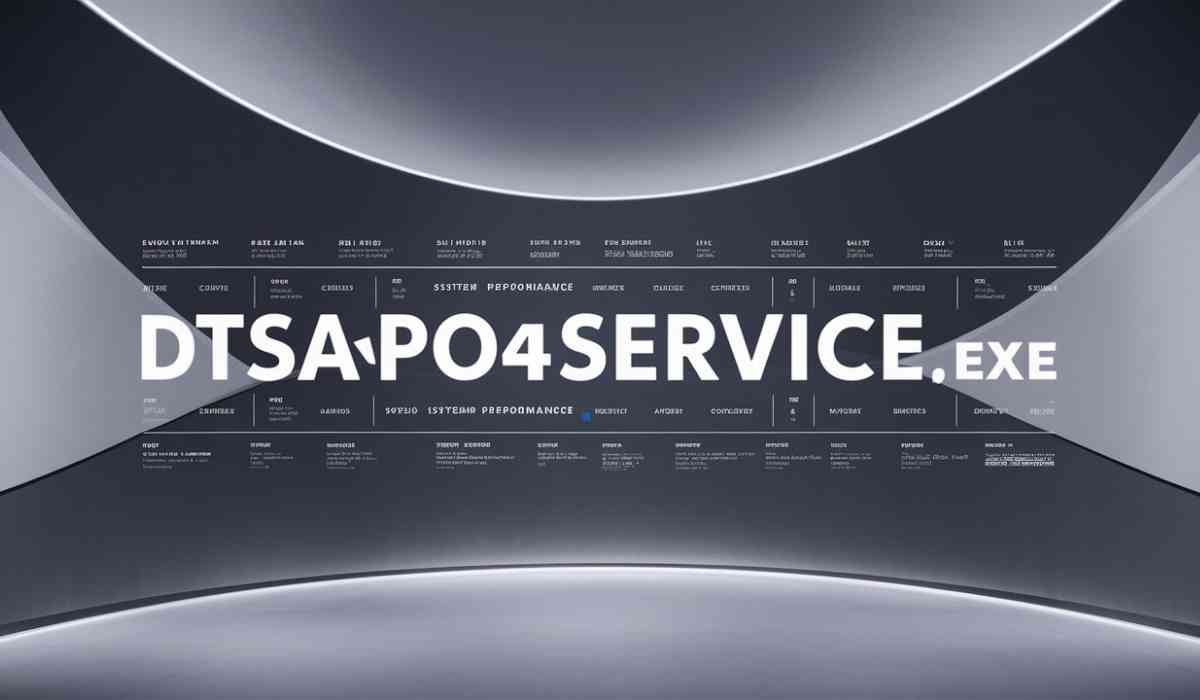In a bustling outpatient clinic, providers rush between patient appointments while facing mounting documentation requirements. With each new case, they must accurately record diagnoses and services. Yet, due to fragmented data, inconsistent documentation practices, and manual processes, errors and missed diagnoses occur frequently. These gaps not only compromise patient care but also lead to inaccurate risk scores, lost reimbursements, and audit risks.
Implementing risk adjustment software can transform this situation by enhancing Outpatient CDI (Clinical Documentation Improvement), ensuring accurate documentation, better compliance, and improved financial stability. This article explores how risk adjustment software optimizes documentation and strengthens outpatient care coordination.
Why Documentation Accuracy Matters in Outpatient CDI
Accurate documentation is crucial in risk adjustment coding because it directly influences a healthcare organization’s ability to provide quality care and secure adequate reimbursements. Outpatient clinics, where patient encounters are shorter and more frequent, often face challenges in maintaining documentation accuracy.
- Risk Score Integrity
Accurate documentation ensures that risk scores reflect the true complexity of patient conditions. In risk adjustment models, such as those used by the Centers for Medicare & Medicaid Services (CMS), inaccurate or incomplete documentation can result in underreported risk scores, leading to lower reimbursements. - Outpatient-Specific Challenges
Outpatient settings are fast-paced and often involve multiple specialties, each with unique documentation requirements. Without standardized workflows, errors such as incomplete records and missed diagnoses are common. - Compliance Requirements
Healthcare organizations must adhere to CMS guidelines to avoid penalties, overpayment recoveries, and audit risks. Consistent, detailed documentation is essential for meeting these regulatory standards.
Common Documentation Challenges in Outpatient CDI
Several factors hinder documentation accuracy in outpatient care:
- Inconsistent Provider Documentation: Providers may record similar diagnoses differently, leading to variations in coding that affect risk scores and reimbursements.
- Delayed or Missing Updates: Retrospective documentation often results in missed diagnoses because key information may be forgotten or overlooked.
- Manual Workflows: Paper-based or manual processes increase the likelihood of human error and slow down documentation, causing delays in claim submission and reimbursement.
How Risk Adjustment Software Enhances Outpatient CDI
Risk adjustment software addresses these challenges by offering automation, real-time data insights, and predictive analytics.
- Real-Time Documentation Support
Software tools provide clinicians and coders with real-time prompts and guidance, ensuring all relevant conditions and treatments are documented during patient encounters. This reduces errors and improves documentation consistency across specialties. - Predictive Analytics Integration
Advanced software uses predictive models to identify potential documentation gaps. For example, if a patient’s historical data suggests a risk for certain conditions, the software can prompt providers to verify and document those conditions, improving risk score accuracy. - Automation and Efficiency
By automating repetitive tasks like code validation and compliance checks, risk adjustment software reduces administrative burdens on providers. This allows clinicians to focus more on patient care while ensuring timely and complete documentation. - Improved Coding Accuracy
Software tools apply standardized coding guidelines across all specialties, minimizing the risk of inconsistent documentation. This ensures that patient records accurately reflect the care provided, leading to fair compensation and reduced audit risks.
Key Features of Effective Risk Adjustment Software
To optimize Outpatient CDI, risk adjustment software must include the following capabilities:
- EHR Integration: Seamless integration with electronic health records (EHRs) ensures that data flows smoothly between clinical and coding teams, improving care coordination and documentation accuracy.
- Concurrent CDI Monitoring: Real-time monitoring allows providers to correct documentation errors before claims are submitted, reducing denials and delays.
- Data Analytics and Reporting: Dashboards provide actionable insights into documentation performance, enabling organizations to track risk score trends and identify areas for improvement.
- Compliance Alerts: Automated alerts notify providers of documentation issues that may not align with CMS guidelines, helping maintain compliance and reducing audit risks.
Benefits of Using Risk Adjustment Software in Outpatient CDI
Implementing risk adjustment software offers several key benefits for outpatient clinics:
- Increased Reimbursement Accuracy
Accurate documentation leads to precise risk score calculations, ensuring that organizations receive appropriate compensation for managing complex patient populations. - Reduced Audit Risks
Comprehensive documentation helps prevent errors that could trigger CMS audits. Software tools improve audit preparedness by maintaining thorough, compliant records. - Enhanced Care Coordination
With improved documentation accuracy, outpatient providers can collaborate more effectively with other care teams. This supports better treatment planning and continuity of care, improving patient outcomes. - Operational Efficiency
Automation streamlines documentation workflows, enabling outpatient facilities to see more patients without compromising on quality. Providers can spend less time on administrative tasks and more time on direct patient care.
How to Implement Risk Adjustment Software Effectively
Healthcare organizations can maximize the benefits of risk adjustment software by following these steps:
- Assess Current Documentation Practices
Conduct an internal audit to identify documentation gaps, delays, and errors that impact risk adjustment accuracy. - Choose the Right Software Solution
Partner with a risk adjustment vendor that offers software tailored to outpatient CDI needs, with features such as EHR integration and predictive analytics. - Provide Staff Training
Ensure that both clinical and administrative teams understand how to use the software to optimize documentation practices. Regular training sessions help staff stay updated on new features and best practices. - Monitor Performance Metrics
Use the software’s reporting tools to track improvements in documentation accuracy, risk adjustment scores, and reimbursement timelines. - Continuously Refine Workflows
Based on performance data, make ongoing adjustments to workflows to address bottlenecks and further enhance documentation practices.
Conclusion
In today’s complex healthcare landscape, outpatient clinics must balance fast-paced workflows with the need for accurate, compliant documentation. Risk adjustment software provides a powerful solution by enhancing Outpatient CDI, improving documentation accuracy, and ensuring proper risk score calculation.
With support from risk adjustment vendors, healthcare organizations can streamline workflows, reduce audit risks, and achieve better financial stability—all while delivering higher-quality care. Implementing risk adjustment software is a critical step toward long-term success in both clinical and operational performance.









